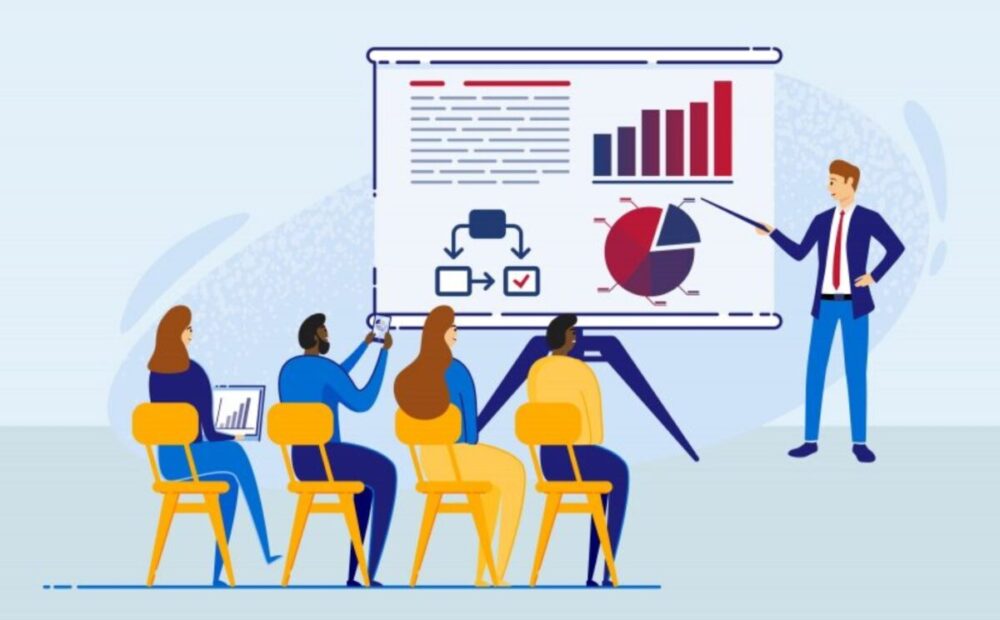For any organization undertaking custom software development, clearly articulating your needs and priorities to the engineering team is absolutely essential. Yet, many clients struggle to convey their vision and requirements in ways development teams can accurately translate into technical builds.
Breaking down communication barriers is crucial for aligning specifications, minimizing ambiguities, and ensuring the end product solves the right business problems the first time as explained by experts from Modest Development.

Defining Your Core Objective and Success Metrics
Start by clarifying the single most important goal or pain point the new technology aims to address. Is the priority to reduce customer service call volume? Streamlining supply chain processes to cut order processing time in half? Providing sales reps with more supportive pricing tools to increase conversion rates? Defining this north star guides every other product decision and discussion. It also helps focus ideas and suggestions that meander into nice-to-have territory rather than delivering core needs.
Describing Detailed Workflows and User Stories
Next, communicate step-by-step workflows, showing how end users engage with existing systems to accomplish their objectives. Walk through a wide variety of typical use cases and pain points as employees interface with current tools and processes daily. Map out what optimal interactions could look like. Highlight specific portions of workflows that feel cumbersome. This helps developers deeply understand contexts before envisioning improved experiences. Can certain steps be automated? What repetitive actions can be simplified? Which tasks generate the most user complaints about inefficiency?
Conveying The User Experience Vision
While developers can handle technical complexities behind the scenes, clearly articulate how you envision end users feeling as they engage with the software. Will the experience feel slick and intuitive or clunky and confusing? Should interactions be fun and entertaining or purely utilitarian? What tones and visual elements match your brand identity? How might the software enhance culture and morale beyond pure efficiency? Articulate any concerns about change resistance or adoption challenges amongst employees.

Collaborating as a Virtual Team
Set clear expectations upfront for how ongoing communications will function, especially if teams are distributed. Will you hold regular check-in calls at the same weekly time slot? Connect for a daily stand-up huddle? Communicate questions via email, messaging apps or project management platforms? Ensure both your team and the developers have open lines to ask clarifying questions, raise concerns and share ideas. Be responsive in revisiting previous decisions as new suggestions arise.
Embracing User-Centered Design Methods
Consider working closely with developers in an iterative “user-centered design” approach, where you continuously gather feedback from end users throughout development sprints. This might involve reviewing wireframe sketches, flow diagrams, prototype demonstrations, and beta trials. Creating feedback loops with real employees will help fine tune and pivot the product to best address your needs. Development should be a collaborative, transparent partnership rather than the team presenting a finished product with limited visibility.
Managing Organizational Change
Beyond technology alone, take time to assess the people and process changes required to fully adopt new tools. What amount of workforce training and support will be required? How will you message the value of changes to build excitement vs skepticism? By proactively readying stakeholders across the organization, you ensure maximum utilization of new innovations for achieving critical KPIs.

Conclusion
Great software matches solutions directly to users’ needs instead of forcing people and processes to conform around rigid technology. Partnering closely with development teams throughout planning, design and testing means you can ensure custom tools integrate seamlessly with existing culture, workflows, and platforms. Frequent and clear communications centered wholly on your organization’s requirements is the only path to launching capable products which stand the test of time.





